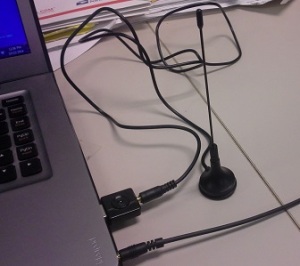This could be bad. Apparently there are lots of counterfeit FTDI232 chips out there–these are the chips that convert your USB to RS-232 serial or TTL serial.
The folks over at Hackaday and Adafruit are reporting that the latest Windows update includes a driver that nukes fake FTDI chips. It doesn’t just keep Windows from using them. It bricks them, rendering them unusable. Ever.
I have a few USB to serial devices, both board level and consumer devices. Most of them came from reputable sources (Modern Device, Arduino, Picaxe, Tripp-Lite, etc) but I have a few Chinese imports from eBay that I expect to fail the next time I plug them in. Adafruit reports that it
… requires it suppliers to only use genuine FTDI chips. However, no matter what it’s always possible counterfeit chips could be used when you purchase products from anyone, anywhere. We’re double and triple checking all our products and suppliers as an added precaution.
I’m assuming SparkFun will also issue a note addressing their products as well.
(as an aside, the Tripp-Lite Keyspan USB Adapter is the best USB-Serial adapter I have ever encountered. It has worked on industrial Allen-Bradley equipment, my mobile Kenwood radio, and everything else I have plugged it into. If you’re sick of the USB-Serial adapters that only sometimes work, shell out a few more dollars and buy one of these.)
(published from DFW, Texas)


